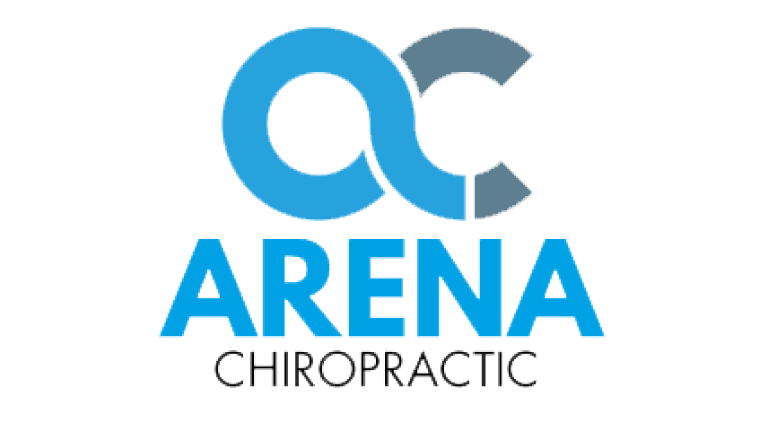Like Goldilocks, we want things to work out just right. When it comes to our health, though, things don’t work out just right by themselves.
Neglect causes many serious health problems. Abuse – in the form of unhealthy behaviors – causes many additional serious disorders.
Every day on TV and radio news programs we hear about the importance of healthy eating and exercise.1 But most of us don’t know how to apply these recommendations to ourselves and to our families. The Goldilocks approach could resolve a lot of the confusion and provide a great deal of value.
How would Goldilocks put a healthy lifestyle into practice? “Just right” would be her mantra. Not too much, not too little, but just right. How would Goldilocks approach a healthy diet? She would choose a food plan that didn’t require a lot of effort. She’d quickly teach herself to read labels and count calories, and once she’d done that she’d learn a core group of easy-to-prepare recipes. She’d train herself to go shopping only once a week and she’d prepare a shopping list before each trip.
Goldilocks wants her family to eat healthily, but she wisely doesn’t want food to be a big preoccupation. She wants this lifestyle change to be a no-brainer.
What about exercise? Goldilocks is pretty tired of listening to her friends smugly talking about how good they feel and how they went from a size whatever to two sizes less. Goldilocks want to feel good, too, but doesn’t want to take on more than she can handle. She wants a “just right” exercise plan.2,3
Goldilocks talks to a friend who is just as busy as she is and learns a few secrets. First, she learns how to do a high-intensity cardio workout in only 15 minutes. “That’s all?” she asks her friend, who reassures her that 15 minutes is the new 30. Next, her friend explains how to do a complete program of strength training in two 30-minute sessions – done a day or two apart, of course. “Only 30 minutes?” Goldilocks is skeptical. “Thirty is the new 60!” her friend affirms. “Check-out my arms. That’s all muscle, girl!”
After only a few weeks on her new fitness program, Goldilocks is so pleased with the results that she shares what she’s doing with her husband and teenage son and daughter. Months later, everyone in her family notices a rekindled togetherness and family spirit.
Goldilocks shares her experiences with her chiropractor and admits she wishes she’d acted on her chiropractor’s nutritional and exercise recommendations sooner. “No worries,” her chiropractor replies. (Goldilocks lives in California.) “I’m giving a health care and wellness talk at our local high school next week. Would you like to be part of the talk and share what you’ve been learning?”
“I’d love to!” exclaims Goldilocks. “Thank you again, Doctor, for always helping everyone in my family!”
1Loimaala A, et al: Effect of long-term endurance and strength training on metabolic control and arterial elasticity in patients with type 2 diabetes mellitus. Am J Cardiol 103(7):972-977, 2009
2Monteiro AG, et al: Acute physiological responses to different circuit training protocols. J Sports Med Phys Fitness 48():438-442, 2008
3Lakka TA, Bouchard C: Physical activity, obesity, and cardiovascular diseases. Handb Exp Pharmacol 170:137-163, 2005




